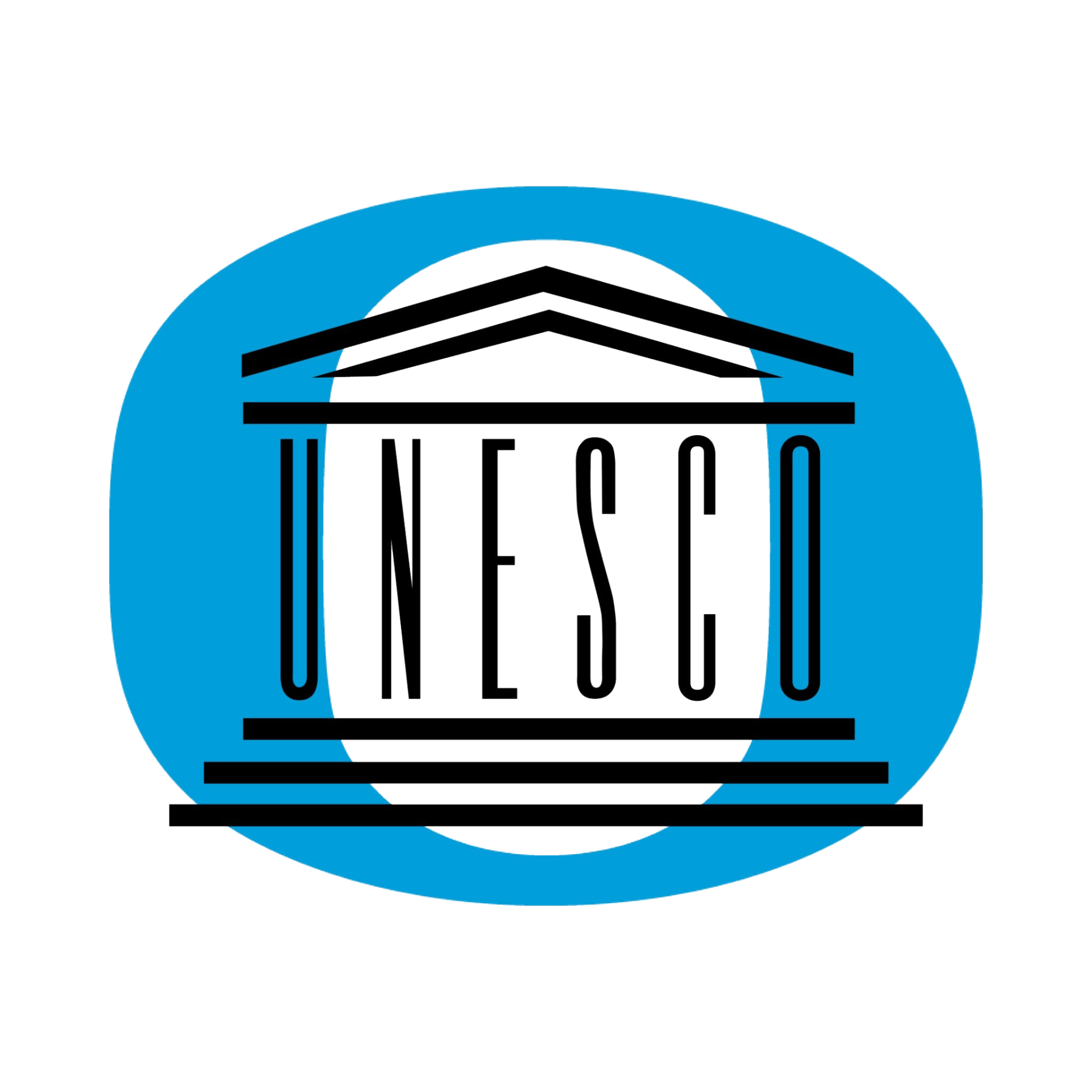Involving youth in climate communication is the current trend, and world leaders in journalism subscribe to the notion that engaging young voices is crucial for inspiring change

“Today, in a world which is completely digital and accessible to people of all ages, it is important to empower children as active agents of change,” said Audrey Azoulay, the Director-General of UNESCO. “We must unify all voices and solve the climate crisis together.”
On the 31st annual World Press Freedom Day, young activists and experienced industry professionals convened at the “Intergenerational Fireside Chat” panel. Although the speakers on stage had over a 40-year age gap between them, they bridged their apparent differences and found common ground in an in-depth dialogue about the global environmental crisis and the need to include young people in climate communication conversations.
“For me, as a young leader, it is important for me to be here, not only personally, but because I will take all this knowledge back to my own community,” said Taissa Kambeba, a 13-year-old climate activist and indigenous member of the Tururukari-Uka people — a tribe located deep in Brazil’s Amazon Rainforest.
Her peer panelist, Francisco Vera, who is only one year older than her, echoed a similar sentiment.
“Public and, more importantly, decision-making spaces must represent the collective voice and not be reduced to just adults or men,” said the 14-year-old Colombian defender of human, children and environmental rights. “If we are encouraged to participate in these spaces, we have the ability to generate surprising solutions and inspire progress for all.”
In addition to being intentional and inclusive in one’s approach, the speakers emphasized that education is imperative in ensuring productive and equitable engagement across generations.
Awo Aidam Amenyah, the executive director of Child Online Africa, a non-governmental organization advocating for youth and families to influence African policies for child welfare, is adamant that we “give children the tools they need to participate effectively.”
Among the educational resources Amenyah highlighted is the ability for children to safely make sense of the information presented on their screens.
One innovative way that countries worldwide are welcoming youth input is taking place in Brazil, where a working group is developing a healthy guide for digital media use. João Brant, Secretary of Digital Policies at the Secretariat of Social Communication of the Presidency of the Republic of Brazil, is spearheading this federally funded document.
According to Brant, the working group — consisting of seven Ministries and 19 representatives from civil society, academia and entities within the field — will listen to children and adolescents to gain first-hand insights into their digital use and experiences. This process will help ensure that their final recommendations reflect the honest feedback of those they seek to serve.

From left to right: Taissa Kambeba, Awo Aidam Amenyah, Francisco Vera, Emiko Sepúlveda, and João Brant discuss the need for intergenerational participation to promote reliable information and constructive climate communication during a breakout session on May 3 at WPFD 2024 in Santiago, Chile.
All four speakers agreed on the severe effects of climate change and the need for youth engagement. However, they educate themselves about these issues via various sources and media types.
Amenyah and Brant rely on traditionally “old-fashioned” forms of media — newspapers, television or search engines — to get their news. Whereas Kambeba and Vera said, they use Instagram and TikTok to get climate-related content.
These responses are consistent with recent research from Deloitte’s Digital 2024 media trends survey, which found adolescents in the Gen Z demographic — aged 14 to 19 — prefer to consume news via social and digital platforms. Roughly half of this cohort said they get daily news from social media feeds or messaging services.
Based on this same data set, Deloitte found that approximately six in 10 Gen Zs and millennials said, “They have felt worried or anxious about climate change in the last month.”
Brant referred to these climate-driven, negative emotions as “eco-anxiety,” the chronic fear about the current and future risks posed by global warming.
To combat this worry, Vera said he embraces “eco-hope,” which he defined as climate aspirations “based on actions, commitments and conversations that respond to the problems threatening human and natural life.”
While Vera emphasizes eco-hope and introduces this phrase to young readers in his children’s book, “Pregúntale a Francisco: ¿Qué es el cambio climático?,” Kambeba copes with the climate by returning to her roots, finding tranquility among the trees and writing poetry that invokes the wilderness.
“When I am stressed and scared about the environmental crisis, like fears that the waterways are drying, fish are dying and it being complicated to find food, I go to the forest and connect with Mother Nature,” Kambeba said.
Despite her age, Kambeba displayed her capacity to comprehend and grapple with complex issues such as climate change. The panel moderator and coordinator of Chile’s Local Conference of Youth, Emiko Sepúlveda, shared that Kambeba and Vera’s worldly wisdom can transcend and challenge established expectations of children within the field of communication.
Amenyah agreed. “Francisco and Taissa are examples of why we must take young people as stakeholders, not as an afterthought,” she said.

One of the advantages that makes our players so beta and continues to increase every day is that there is a maximum bonus without deductions, please visit our website.https://waktogel303.jimdofree.com/
This artist is very generous and kind, if you want more information please visit our website